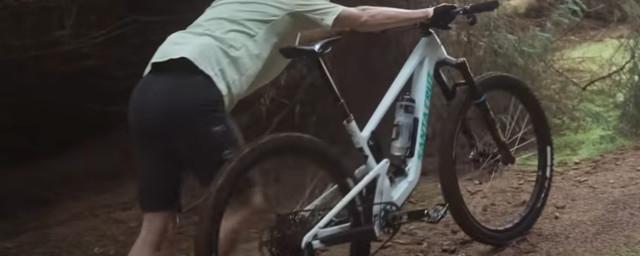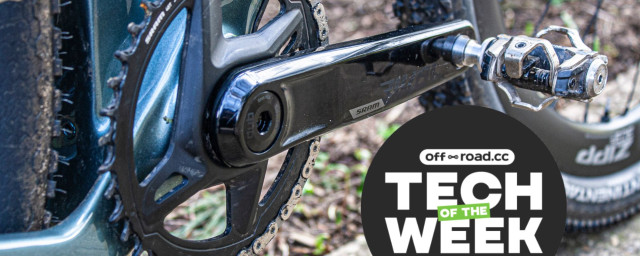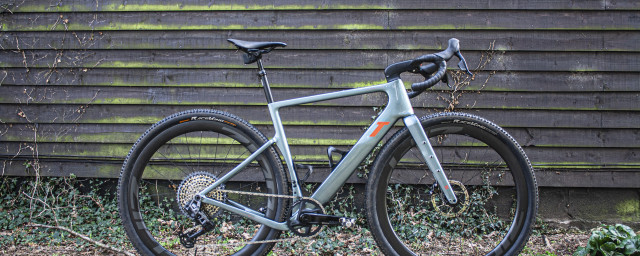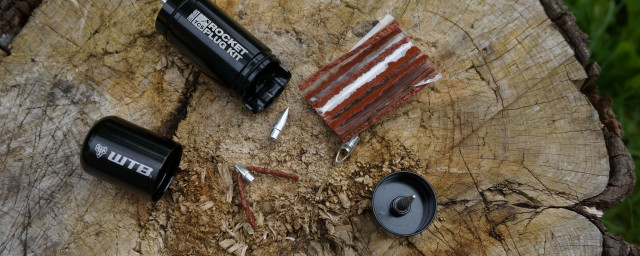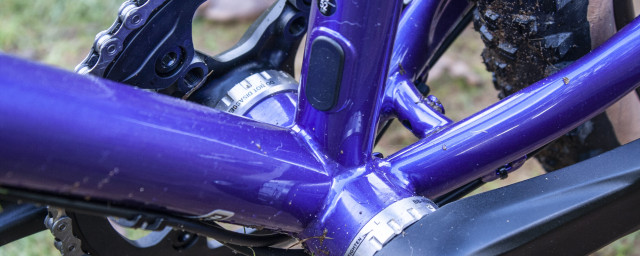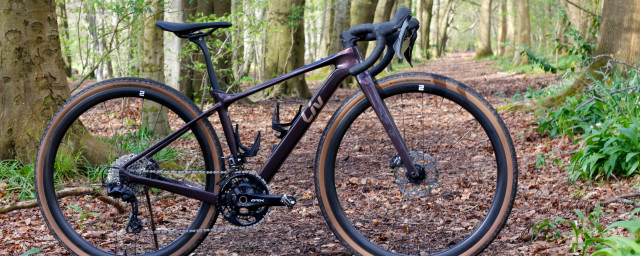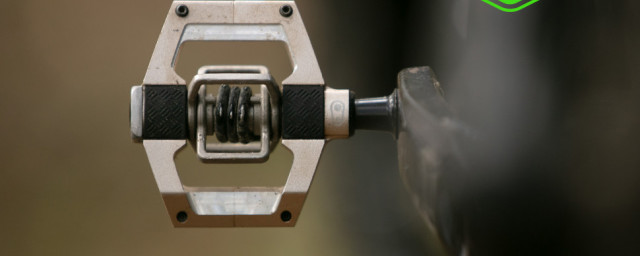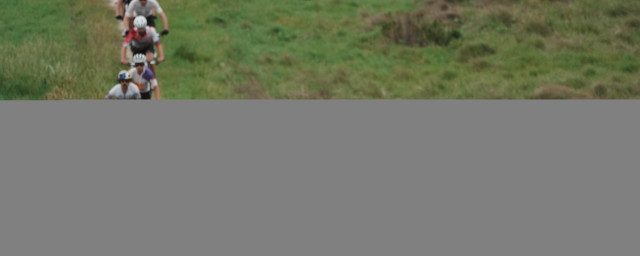A jersey may be a simple looking thing but look closely and there is actually rather a lot going on, it’s these features that make them so much better than a regular t-shirt to ride in. We’d thought we’d take a closer look at summer jerseys and let you know the factors you should consider when choosing your next purchase.
Why do I need a MTB specific jersey?
Mountain bike specific jerseys make cycling an altogether more comfortable experience, with seams in the right places and a cut designed for the general riding position they prevent the rubbing and sores you might find yourself a victim of if you venture out in a plain old cotton tee. Jerseys are fit for purpose and will often provide additional features such as pockets or a glasses wipe. There are a huge variety of jerseys out there to choose from ranging from cooler t-shirts to zipped heavier layers to merino bases ready to layer up.
Fabric
MTB jerseys are made of specific materials designed with specific purposes in mind be it to keep you, warm, cool, dry or protected from the sun. Most jerseys will use materials that wick sweat away and regulate your temperature, helping you stay within your optimum operating temperature. The wicking ability of the jersey is often due to the yarn and the fabric used but can also be created by a chemical applied after manufacture. Chemicals can often wear off with washing though so it’s best to look for a merino jersey or similar if top class sweat wicking is needed!
Labels will use terms such as moisture wicking and jerseys designed with this in mind will quickly transport sweat away from the skin helping to keep you dry and comfortable. Fabric’s used will be fast drying, again with the purpose of preventing any rubs, sores or chafing.
Some fabrics incorporate technology that keeps you protected from the sun, this will be given as a UV protection rating, UPF or SPF, just like sun cream. These are (obviously) of more use in the summer months but are worthwhile throughout spring to autumn if you are planning long rides.
Sleeves
Sleeves on ‘normal’ items of clothing (say, your ordinary cotton t-shirt) have seams that run up and over the shoulder from the armpit. MTB jerseys usually use Raglan seams which run directly from the neckline to the armpit. Raglan sleeves prevent chafing over the shoulders from packs and also give more space under the arm to move around unrestricted without the rest of the garment moving with you. Item’s labelled ‘tech tee’s’ will often be the former whilst ‘jerseys’ will usually have raglan type sleeves.
Jerseys can be found with short, three-quarter length or full-length sleeves. For the latter two, it’s best to go for something with relatively close fitting sleeves so they don’t flap around when you ride.
Fit
MTB jerseys come in all different shapes and sizes, usually falling into the categories of fitted, trail or loose. Fitted jerseys are usually seen on our XC lycra clad friends and often feature pockets in the rear. These will be a tight fit without any excess material to flap around, if being efficient and travelling fast is your thing then go fitted!
Trail jerseys are a popular option for, erm, trail riding or (dare we use the ‘e’ word) ….. enduro. They are often fit like a regular t-shirt and will often have a glasses wipe or a zip pocket for a key or lift pass. The latter looser fit jerseys are usually worn for downhill or when body armour is being worn underneath. Jersey’s predominantly for downhill use are usually thicker and may have reinforced elbows or sleeves.
What ever fit you choose, we like to see a longer hem at the rear of the jersey to prevent it riding up or mud going down our shorts!
Features
Popular features on found on MTB jerseys are:
Zip pocket – usually hidden away in the seam of trail jerseys or on the rear of XC ones. Good for a car key, a gel or a lift pass should you be in the Alps but not much else.
Flatlock stitching – This way of stitching a garment together keeps layers of fabric to a minimum by joining two pieces of material that are butted up against each other, a good way to prevent rubbing.
Glasses wipe – a handy soft section of material found on the front lower hem of the jersey, great for cleaning glasses until it gets saturated or covered in mud.
Mesh panels – These can be found on the side (from the under arm down to the hem) or over the full rear of the jersey. Good for hot days or long rides with a pack.
Silicone grippers – occasionally seen on the shoulders of jerseys but more often on waterproof jackets to prevent bag straps from slipping around.
Reflective trim – Usually seen on the shoulders and at the rear, good to have in case you get caught in the dark and have a road cycle home from the trails.
3 things we always look for in a mountain bike jersey
Bright colours - Be bold and be seen, not only do loud colours look great in photos it’ll also work as a safety feature when riding on the road in between trails.
Long hem at the rear - A jersey that rides up at the rear is a pet hate of ours (and undoubtedly yours too). We always look to jerseys that have a dropped hem at the rear.
Plenty of ventilation - We like a mesh side panel or two to keep things cool in the summer








